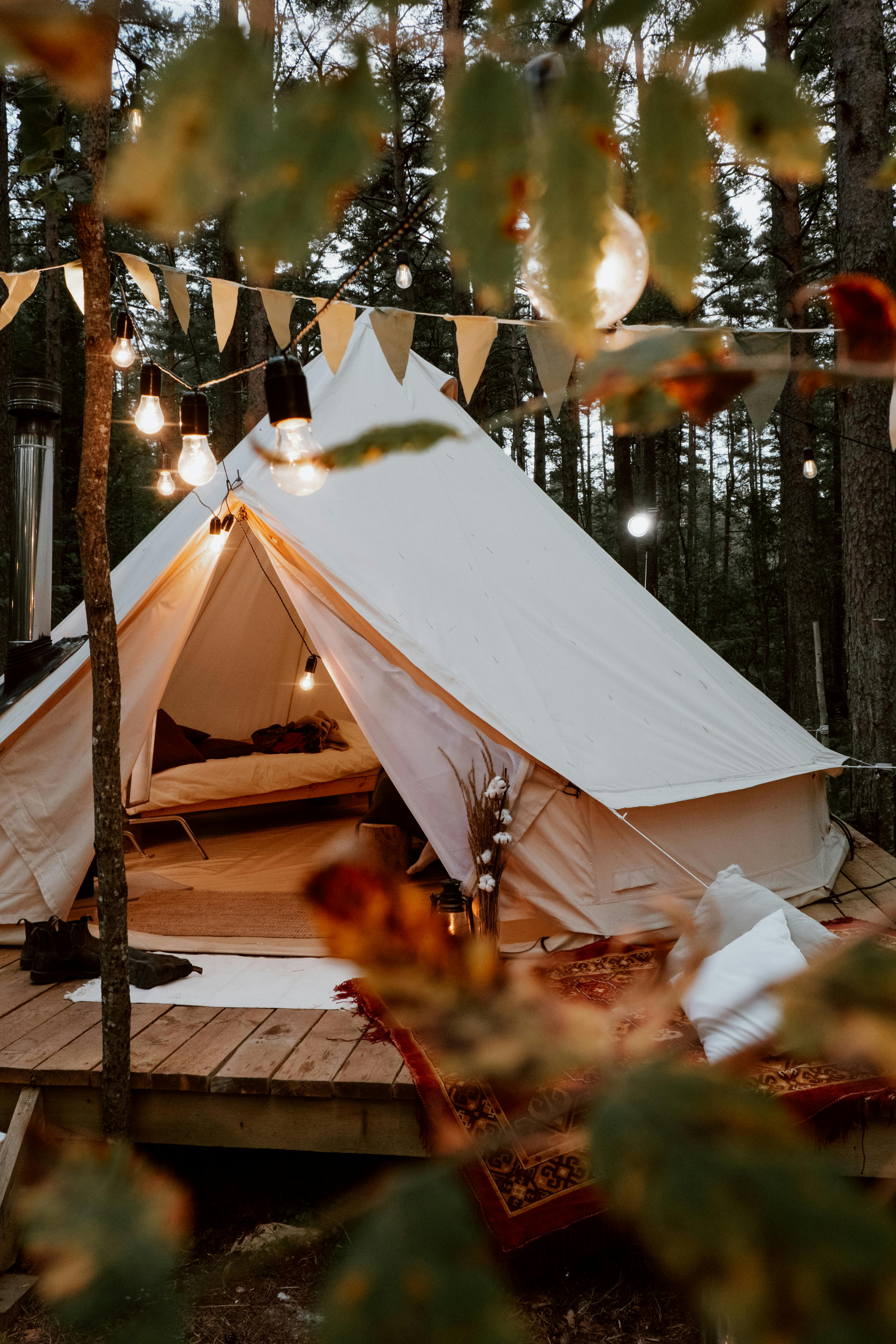Decoding the Mystique of Glamping: A Novel Twist on Outdoor Adventures
In the realm of travel and transportation, new trends are always on the horizon. One such trend that has been capturing the hearts of modern adventurers is glamping. A clever blend of glamorous and camping, this novel concept is transforming our perception of outdoor escapades, blending the thrill of camping with the luxury and comfort of upscale accommodations. This article takes an in-depth look at this captivating trend, delving into its history, current relevance, and potential implications for the travel industry.

The Genesis and Evolution of Glamping
Glamping traces its roots to the early 20th century when African safaris became a popular pastime for wealthy Westerners. They demanded a level of comfort that traditional camping could not offer, leading to the creation of luxury camps with plush amenities. Fast forward to the 21st century, and glamping has emerged as a distinctive trend in its own right, combining the allure of nature with the convenience of modern comforts.
Experiencing the Glamping Movement
Today, glamping is a global phenomenon, available in a wide array of settings, from serene beaches and lush forests to rugged mountains and sprawling deserts. It offers a unique travel experience, allowing adventurers to bask in the beauty of nature without foregoing their creature comforts. Glamping accommodations are often equipped with plush beds, private bathrooms, gourmet dining, and even spa services – a far cry from the standard camping tents!
Advantages, Challenges, and Impact on Travelers
Glamping offers several advantages over traditional camping. It provides a higher level of comfort, making it accessible to those who may not be inclined towards conventional camping. It also brings a touch of luxury to the outdoor experience, allowing travelers to enjoy nature without compromising their comforts.
However, it does come with its own set of challenges. Glamping sites may impact the natural environment and local communities if not managed sustainably. Plus, the high costs associated with glamping could potentially exclude budget-conscious travelers.
Despite these challenges, the impact of glamping on travelers has been largely positive. It has opened up the outdoors to a wider audience, promoting a deeper appreciation for nature and its preservation.
Practical Applications and Expert Insights
As per industry experts, glamping is not just a passing trend, but a reflection of the evolving travel landscape. It is meeting the demand for experiential travel among modern consumers who seek unique and personalized experiences. Moreover, it’s paving the way for sustainable tourism by encouraging minimal impact on the environment and promoting local economies.
The Glamping Handbook: Tips and Facts
- Glamping accommodations come in various forms, including yurts, treehouses, tipis, and even reimagined Airstream trailers.
- The cost of glamping can vary widely, depending on location, type of accommodation, and amenities offered.
- While glamping, respect the natural surroundings. Follow the principles of Leave No Trace to minimize your impact.
- Always research and book your glamping site in advance, especially during high season.
In Conclusion
Glamping offers a refreshing perspective on outdoor travel, breaking the mould of traditional camping. It beautifully marries the thrill of adventure with the elegance of luxury, providing an immersive experience that is both unique and memorable. As travelers continue to seek out novel and enriching experiences, glamping is set to remain a significant trend in the travel industry, shaping the way we perceive and interact with the great outdoors.





